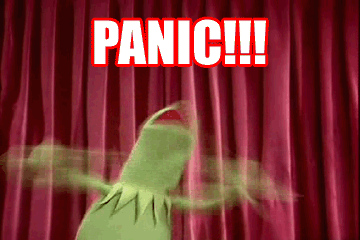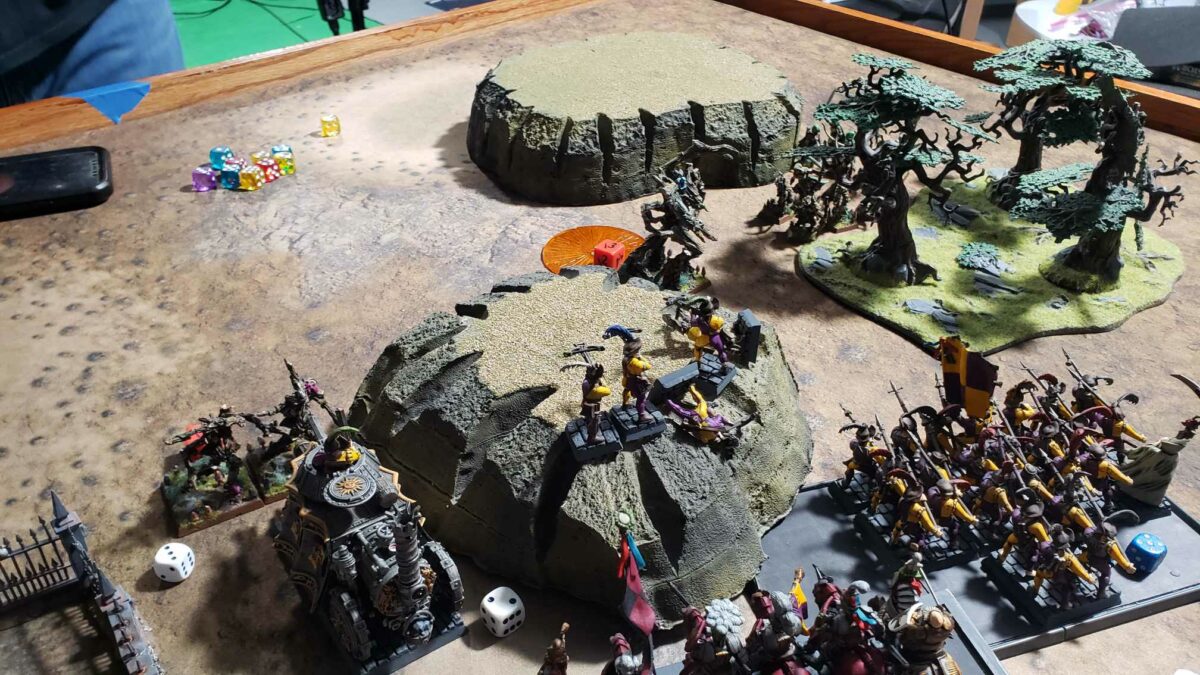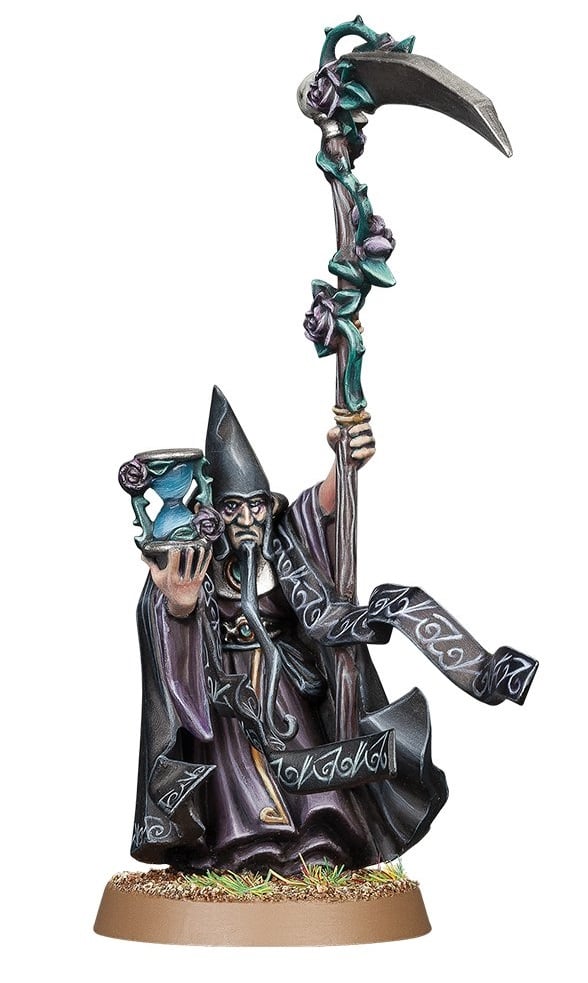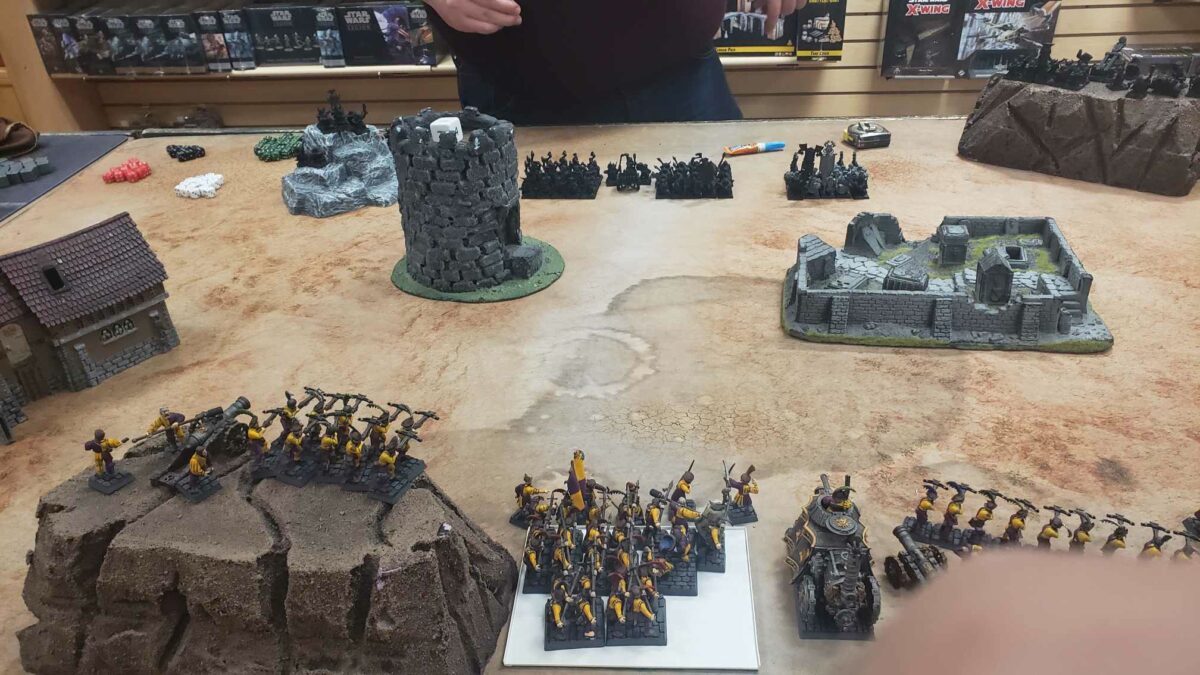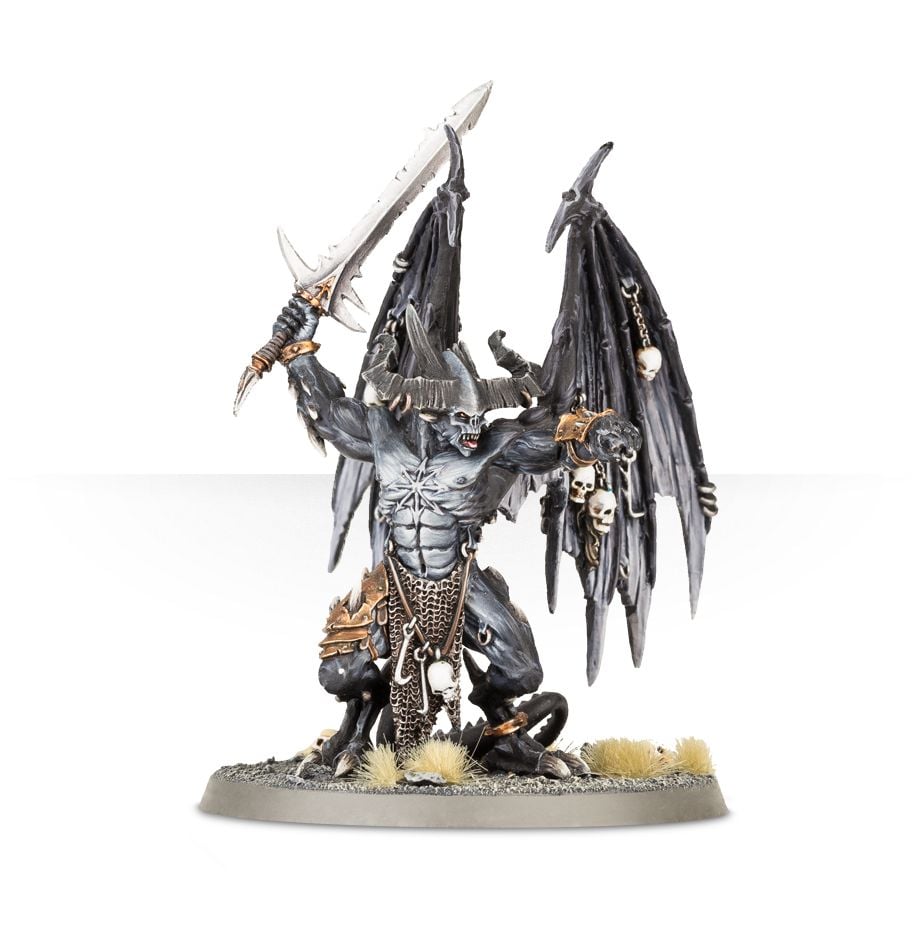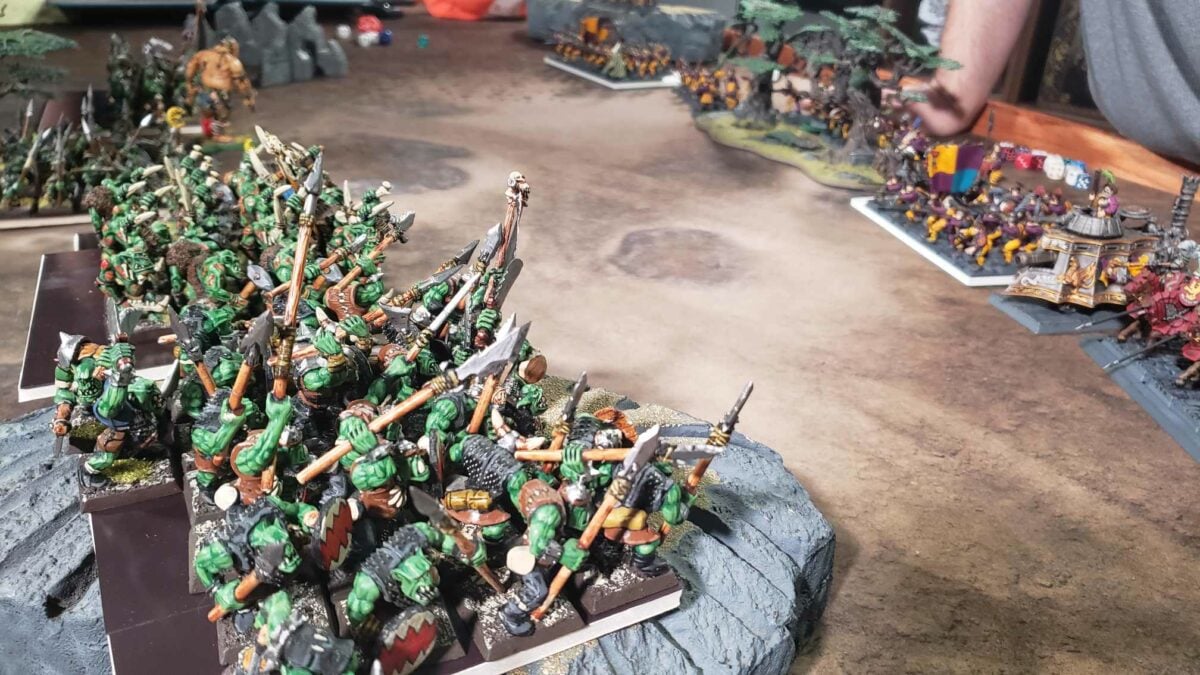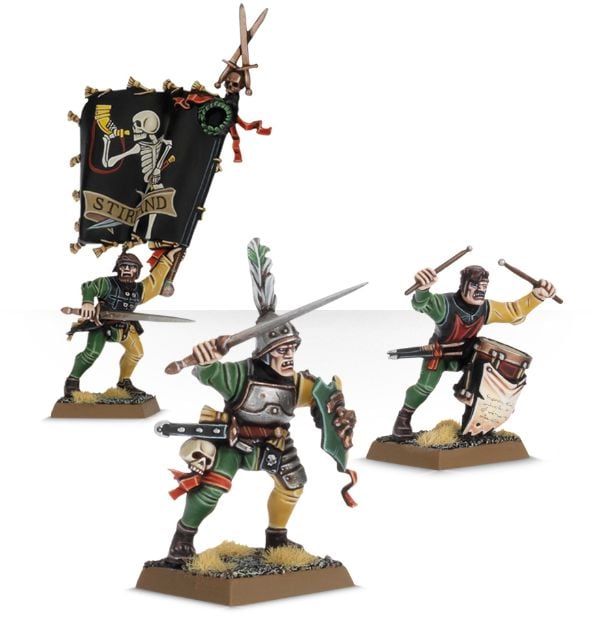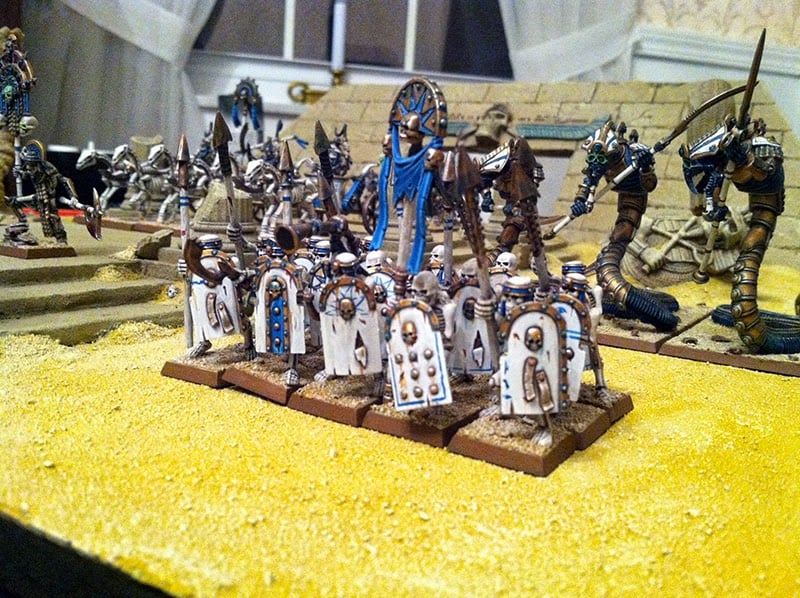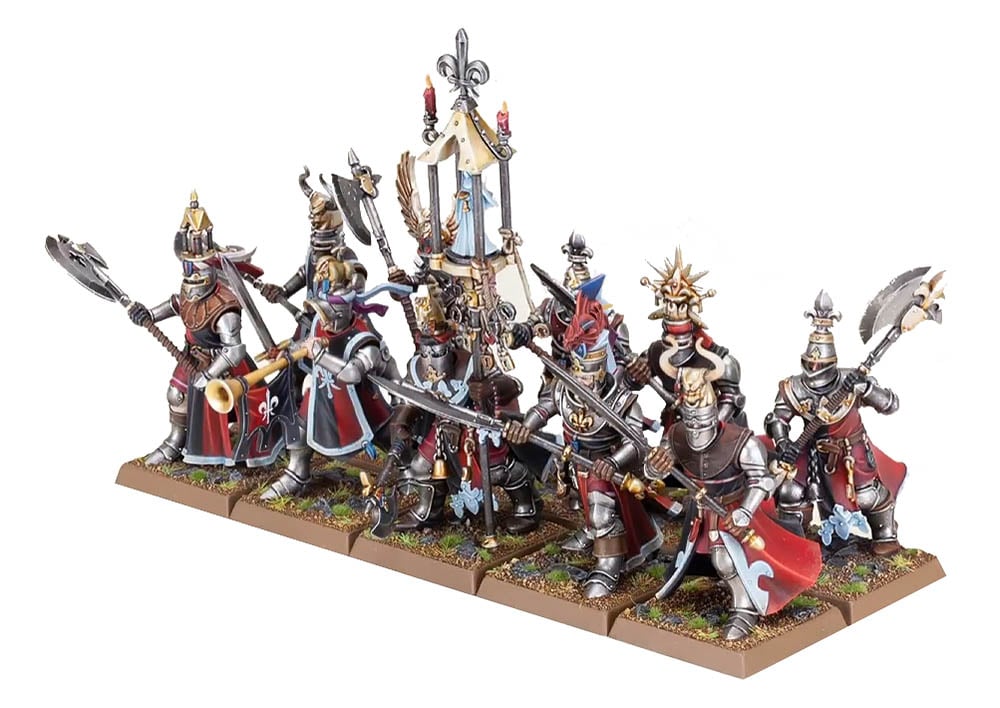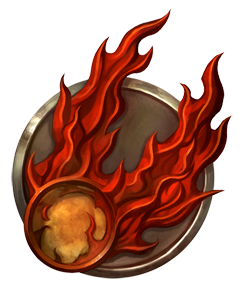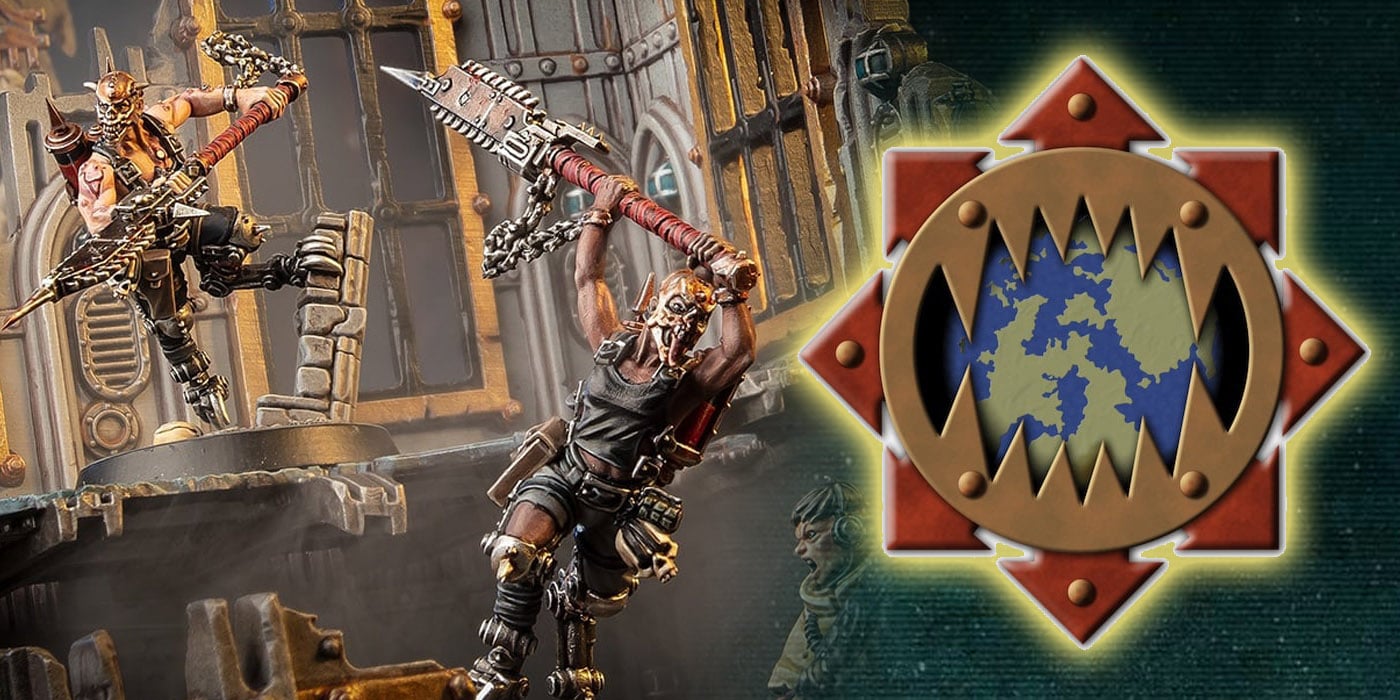‘Warhammer The Old World’: Five Rules You Might Be Getting Wrong
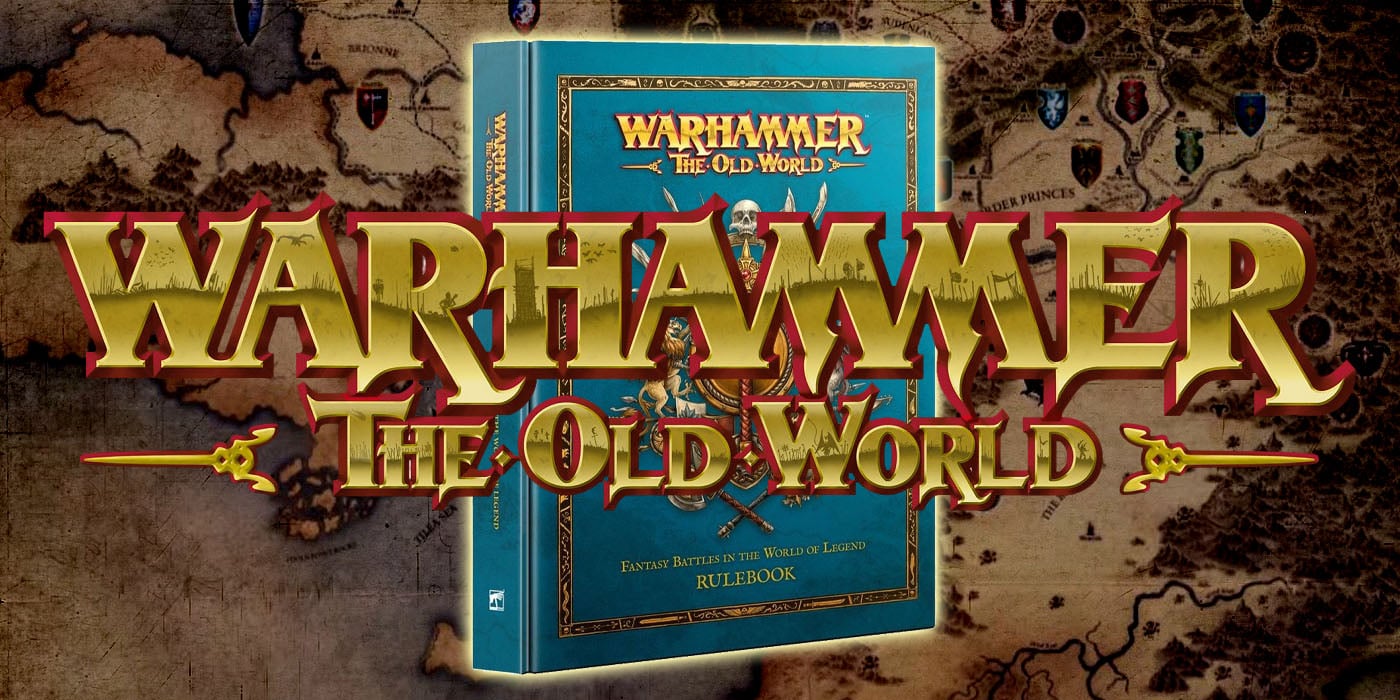
Warhammer The Old World is a complex game that we are all trying to learn, here’s a few rules people often have questions on.
It’s been over a year since Warhammer the Old World officially launched. The game has been a solid success with tons of people getting in to it and events popping up all over the place. Even a year in I still see a lot of the same common questions coming up again and again. The game is constantly gaining new/old players. These are things people still question or get wrong. Some of this comes from the struggle of learning any new game. Another part of it is also the kind of… “muscle memory” I have from playing Warhammer Fantasy Battles for 20+ years. It’s easy to assume things just work like they used to. So, to help people out with learning what might be GW’s best game, here are five rules I’ve seen asking a lot of questions about.
Panic
Panic is a classic part of the psychology go the Old World/Warhammer Fantasy. Back in WFB it could be the bane of many armies, with poor leadership seeing you running off the table with ease. In the Old World, however, Panic has been toned down a lot. This is an easy thing to miss, as I myself did in my first couple of games. If a unit fails a Panic test and they are above 50% of their starting strength instead of Fleeing, they will simply Fall Back In Good Order.
While this will push the unit back, and could lead to them running off the table or causing Panic in others, most of the time they will only move a few inches back and then rally. It is only if a unit is at 50% or less of its starting strength that it will fully Flee and need to be Rallied. Overall, much better than in the past.
Magical Vortexes
Another thing I’ve seen a lot of confusion around is how Magical Vortexes work. These are powerful spells that see you placing a template out on the table where it will often be able to move around causing damage. A common thing I’ve seen happening is players casting the spell and then plopping the template down on the enemy unit to deal damage. However, this is not how they work. (The rules can be found on page 107 of the rule book.)
A great marker to use!
When you place down a vortex, the template cannot be placed over or touching any models. It has to go onto empty ground. Essentially the turn you cast it, it can’t do any damage (though it might trigger other effects.) Then, at the start of the enemies’ turn the vortexes that can move, will move. This happens at the very start. After that, in the Conjuration subphase of the Strategy Phase, the other player may attempt to dispel remains in play vortexes. But you’ll always get one move out of it before they can do this. (Note: you have to be in range of the caster, not the spell to dispel it).
Lastly, vortexes can’t end their move over a unit. If they would, they continue their move and “pop” out the other side. This could lead them to “popping” through a whole row of units in theory, doing a lot of damage. Overall, vortexes are complicated but also very powerful.
Casting Assailments In the Enemy Turn (And When You Can Cast In Combat)
Next up, let’s talk about wizards and combat. Most wizards are frail things and don’t really want to be in combat at all. A lot of people are missing just how bad it is to be engaged for a wizard. While in combat, the only spells a wizard can cast are assailments, more of these, and spells with a range of self. This seriously cuts into how useful they are. On top of that, while in combat, that wizard also can’t be chosen to attempt dispels. As such, it can be totally worth it to try and tag an enemy wizard or unit in combat, even when you know you will lose, just to shut down their magic. (Also, as a note, unless the spell mentions it, you normally can’t target units in combat with magic either).
Some wizards, however, do want to be in combat. Chief among these are wizards who know some powerful Assailments. Assailments are powerful close combat spells that can be cast when the wizard fights during any Combat Phase. Now it’s that “any combat phase” part that a lot of people, myself included for a number of games, have missed. Because, yes, that means you can cast assailments in the other player’s turn. I think a lot of us are so used to only being able to cast in our turns that we completely missed this.
Spears – How Do They Work?
I’ve seen a ton of questions going around about how supporting attacks work. In general, you will get these from having spears. However, there are a few other ways. Hopefully, we can help clear this up. The first thing to take into account is the ‘step-up’ rule. This rule basically means that casualties are taken from the front of a unit in combat and replaced by models in the back. Models that replace dead in the first, i.e. the combat rank, do not get to make attacks that turn. However this only applies to the front rank and not to rear ranks making supporting attacks.
So some examples. Let’s say you have a unit that is five models wide and four deep (5×4), and to keep things simple, there is no champion, but you have spears. If your unit is attacked and takes 3 wounds you will be able to make 7 attacks back. The remaining 2 models in the front rank and all 5 from the second. If the unit takes 5 wounds you would lose the whole first rank, but be able to still make 5 supporting attacks back.
Two important caveats to this. The excess wounds rule means if you take more loss then the number of models you had in your front rank, then you will lose a supporting attack for each one. So if your 5×4 unit takes 7 losses, you will only get 3 attacks back. In addition, if you are running your unit only two ranks deep, say a 5×2 unit, then you would lose more supporting attacks since those models ARE in this case moving to the front. If that unit took five losses it would get no attacks back, as the remaining 5 moved to the front rank and can’t fight.
Close Order Bonus
Lastly a quick one that is easy to miss. Being in the ‘Close Order’ formation (the default for most units) gives you a +1 to combat resolution. This is easy to miss, but you always get it. In addition, unlike banners or ranks, this stacks between units. If you have three units in a single combat with Close Order you’d get a +3 to combat. This can add up really fast in some cases and really swing a fight.
Let us know what rules you’ve seen people getting wrong, down in the comments!

